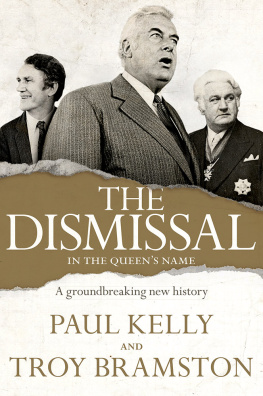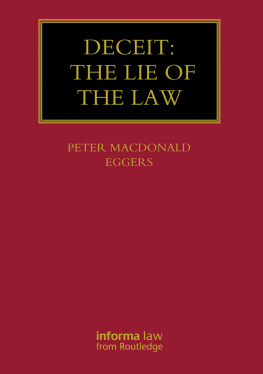Paul Kelly - The Truth of the Palace Letters: Deceit, Ambush and Dismissal in 1975
Here you can read online Paul Kelly - The Truth of the Palace Letters: Deceit, Ambush and Dismissal in 1975 full text of the book (entire story) in english for free. Download pdf and epub, get meaning, cover and reviews about this ebook. year: 2020, publisher: Melbourne University Publishing, genre: Romance novel. Description of the work, (preface) as well as reviews are available. Best literature library LitArk.com created for fans of good reading and offers a wide selection of genres:
Romance novel
Science fiction
Adventure
Detective
Science
History
Home and family
Prose
Art
Politics
Computer
Non-fiction
Religion
Business
Children
Humor
Choose a favorite category and find really read worthwhile books. Enjoy immersion in the world of imagination, feel the emotions of the characters or learn something new for yourself, make an fascinating discovery.
- Book:The Truth of the Palace Letters: Deceit, Ambush and Dismissal in 1975
- Author:
- Publisher:Melbourne University Publishing
- Genre:
- Year:2020
- Rating:5 / 5
- Favourites:Add to favourites
- Your mark:
- 100
- 1
- 2
- 3
- 4
- 5
The Truth of the Palace Letters: Deceit, Ambush and Dismissal in 1975: summary, description and annotation
We offer to read an annotation, description, summary or preface (depends on what the author of the book "The Truth of the Palace Letters: Deceit, Ambush and Dismissal in 1975" wrote himself). If you haven't found the necessary information about the book — write in the comments, we will try to find it.
The Truth of the Palace Letters: Deceit, Ambush and Dismissal in 1975 — read online for free the complete book (whole text) full work
Below is the text of the book, divided by pages. System saving the place of the last page read, allows you to conveniently read the book "The Truth of the Palace Letters: Deceit, Ambush and Dismissal in 1975" online for free, without having to search again every time where you left off. Put a bookmark, and you can go to the page where you finished reading at any time.
Font size:
Interval:
Bookmark:
TRUTH
Deceit, Ambush and Dismissal in 1975
PAUL KELLY and
TROY BRAMSTON

MELBOURNE UNIVERSITY PRESS
An imprint of Melbourne University Publishing Limited
Level 1, 715 Swanston Street, Carlton, Victoria 3053, Australia
www.mup.com.au
First published 2020

Text Paul Kelly and Troy Bramston, 2020
Design and typography Melbourne University Publishing Limited, 2020
This book is copyright. Apart from any use permitted under the Copyright Act 1968 and subsequent amendments, no part may be reproduced, stored in a retrieval system or transmitted by any means or process whatsoever without the prior written permission of the publishers.
Every attempt has been made to locate the copyright holders for material quoted in this book. Any person or organisation that may have been overlooked or misattributed may contact the publisher.
Typeset in 12/16pt Bembo by Cannon Typesetting
Cover design by Philip Campbell Design
Cover image courtesy News Ltd/Newspix
Printed in Australia by McPhersons Printing Group

97805228777557 (paperback)
97805228777564 (ebook)
I WAS WITH GOUGH WHIHAM the last time he met with Sir John Kerr before the dismissal of the Whitlam Government five days later. I was attending an Executive Council meeting at Government House in the office of the Governor-General. I was there as Minister for Northern Australia for the appointment of the chairman of the Darwin Reconstruction Commission.
The Governor-General and the Prime Minister had had a twenty-minute or so meeting before I was ushered into the room. But upon my arrival, the room was filled with great mirth and noisy guffawing, the subject being how the Chief justice Garfield Barwick and Justice Lionel Murphy deserved each other on the High Court. The current point of dispute between them was Murphys bid for a uniform for female tipstaff at the court, a proposal which was being resisted by Barwick.
Given that the country was at the penultimate point of its deepest constitutional crisis, I took this mirth between the Governor-General and the Prime Minister to mean that they were seeing eye to eye on the big issue in front of them and I had assumed that Gough Whitlam had been made aware of the Governor-Generals intentions, having had twenty minutes with him before I came in.
After we completed the modest Executive Council agenda, the Governor-General escorted the Prime Minister and me down the long corridor at Government House to the front reception steps under its portico.
So convivial was the relationship between them that on that short walk, Gough Whitlam enjoined me to admire the Governor-Generals leonine mane: the shock of white hair which dominated Sir John Kerrs appearance.
After bidding farewell to the Governor-General, the Prime Minister and I took our places in the Commonwealth car for the return trip to Parliament House. I said to the Prime Minister: Well he seems all right? To which he replied: Oh yes, hes entirely proper, hell do the right thing.
This was the first inkling I had that the Prime Minister had not been apprised of the Governor-Generals intentions or strategy, that he was not privy to the Governor-Generals view as to how the crisis might be resolved. So it did not come entirely as a surprise to me, when I learned at lunchtime the following Tuesday, 11 November, that the Governor-General had dismissed the Prime Minister and the government with him. It was then I knew, and could clearly see, the Governor-General had ambushed the Prime Minister, failing in his constitutional duty to keep the Prime Minister, his chief adviser, apprised of his intentions in the circumstances.
What we did not know, any of us, was that Sir John Kerr had beforehand consulted with the Chief Justice, Garfield Barwick, and earlier with Justice Anthony Mason, specifically in respect of the reserve powers, in what was obviously a premeditated strategy, with much forethought, to terminate the Whitlam Government.
Kerr was the black spider on the constitutional web. But the web was the creation of only one person: Malcolm Fraser.
Malcolm Fraser put the country and the polity through this enormous crisis simply to bring on an election at a time of his choosing and not that of the Prime Minister, as is the normal prerogative.
Malcolm Fraser ransacked the country. And in doing so, put a cleaver through the polity; a schism which remains to this day. And all to go to a poll eighteen months earlier than scheduled. And by all reckoning, a poll Malcolm Fraser and his party would have won easily.
The crisis Malcolm Fraser brought on could only have come alive owing to the Senates ability to refuse a budget or money bill from the House of Representatives. A power the Senate enjoys to this day.
Australias constitutional crisis of 1975 was brought on by domestic opportunism and constitutional inadequacies. These weaknesses were exploited by a ruthless personality in Sir John Kerr, who had taken upon himself to superintend the country in the name of the monarchy, transcending the mandate of an elected government and with it, the conventions and prerogatives available to the Prime Minister and to the Cabinet.
What the recent release of letters between Sir John Kerr and Buckingham Palace reveal is Kerrs concomitant ruthless management of the Queens office and with it, his arrant disregard of the Queens need of constitutional impartiality and the danger he had cast for her, as monarch.
The letters reveal that while the Governor-General discusses the reserve powers with the Queens secretary Sir Martin Charteris, he does not reveal to Charteris that he had engaged in secret talks with the Chief Justice Sir Garfield Barwick nor the essence of Barwicks advice, which went to the Governor-Generals plan to dismiss the government and install Malcolm Fraser as caretaker Prime Minister.
Remote from Australia, as the Queen is similarly remote from Canada, the policy of the Palace is one of non-interference, certainly of non-confrontation, when it comes to political issues, their promotion and the parties which trafficked in them.
The idea that the Queen may have wished or actively conspired in arrangements with Sir John Kerr to affect a party political outcome in Australia amounts to no more than tilting at shadows.
When, as Prime Minister, I met the Queen at Balmoral on 18 September 1993, and told her that I believed the monarchys service to Australia had outlived its relevance and that in its best interests Australia should become a republic, the Queen accepted this view with equanimity. Upon momentarily digesting what I had said, without hesitation the Queen said, I will, of course, take the advice of Australian ministers and respect the wishes of the Australian people.
There was not a seconds hesitation in the Queens mind about the clarity of her mission and her wish to stay above politicsto do that which Australian ministers and the Australian people thought best.
This has been the Queens modus operandi and remit since her coronation in 1953. The notion that, in some way, she was transfixed by the policies of the Whitlam Government in Australia and had to engage herself with her then Governor-General in that governments termination is given the lie by her willingness to terminate herself as monarch and Queen of Australia in her conversation with meanother and a later Prime Minister in her long life of Prime Ministers.
Font size:
Interval:
Bookmark:
Similar books «The Truth of the Palace Letters: Deceit, Ambush and Dismissal in 1975»
Look at similar books to The Truth of the Palace Letters: Deceit, Ambush and Dismissal in 1975. We have selected literature similar in name and meaning in the hope of providing readers with more options to find new, interesting, not yet read works.
Discussion, reviews of the book The Truth of the Palace Letters: Deceit, Ambush and Dismissal in 1975 and just readers' own opinions. Leave your comments, write what you think about the work, its meaning or the main characters. Specify what exactly you liked and what you didn't like, and why you think so.


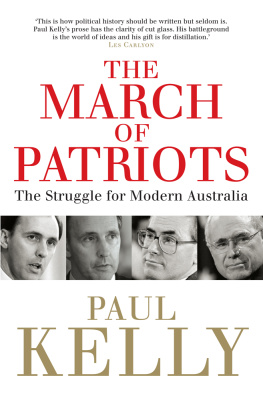
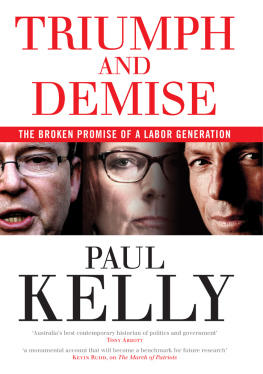

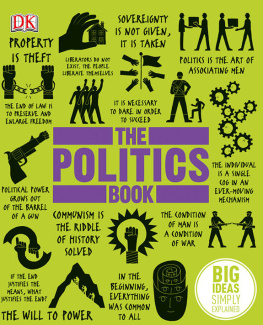

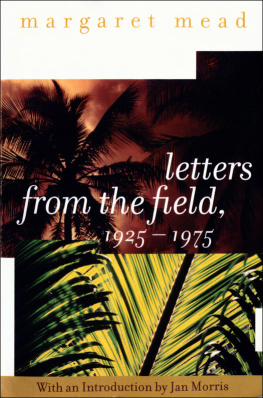
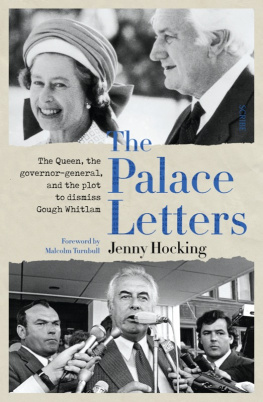
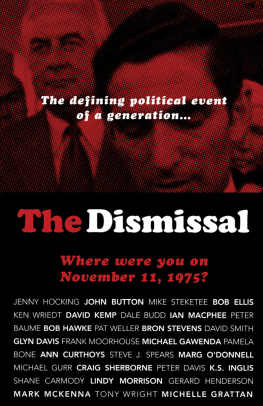
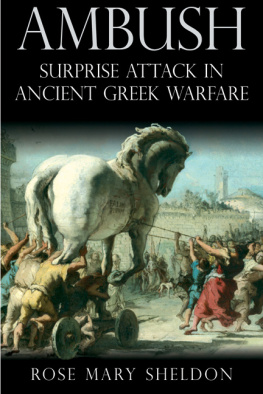
![Stinnett - Day of deceit : the truth about FDR and Pearl Harbor ; [with a new afterword]](/uploads/posts/book/102803/thumbs/stinnett-day-of-deceit-the-truth-about-fdr-and.jpg)
